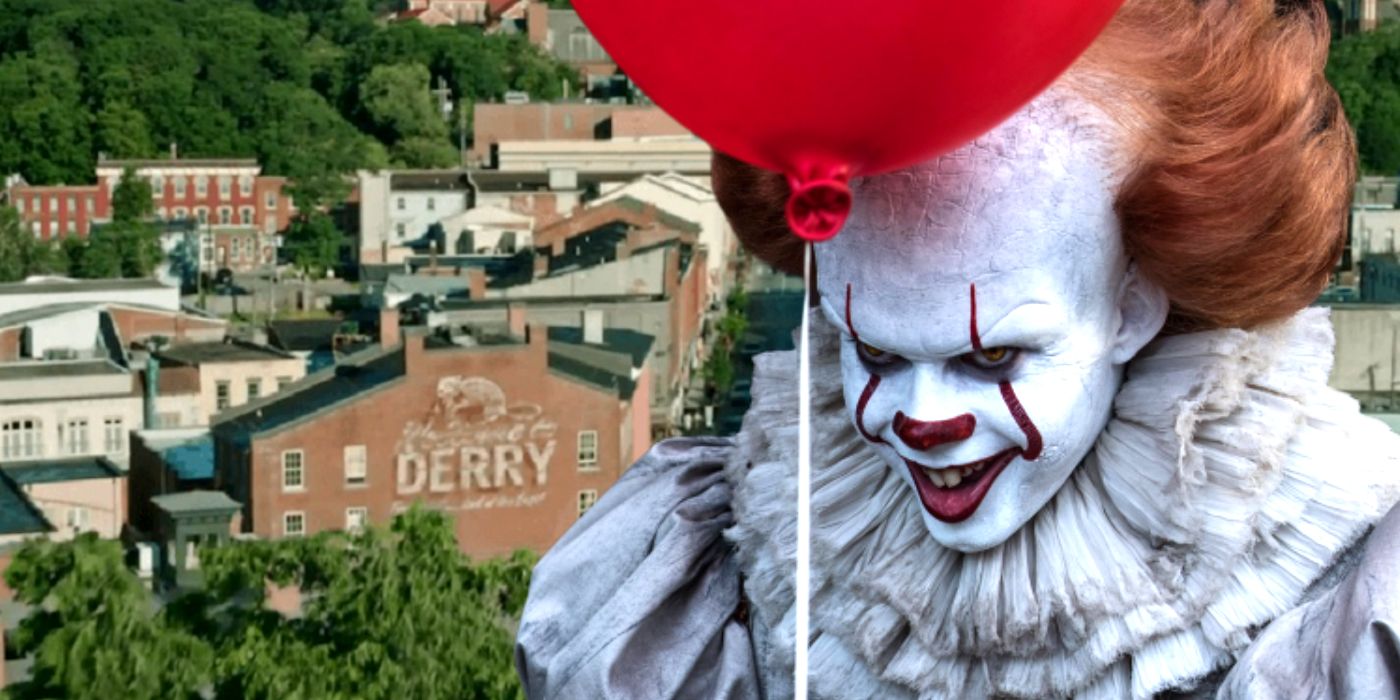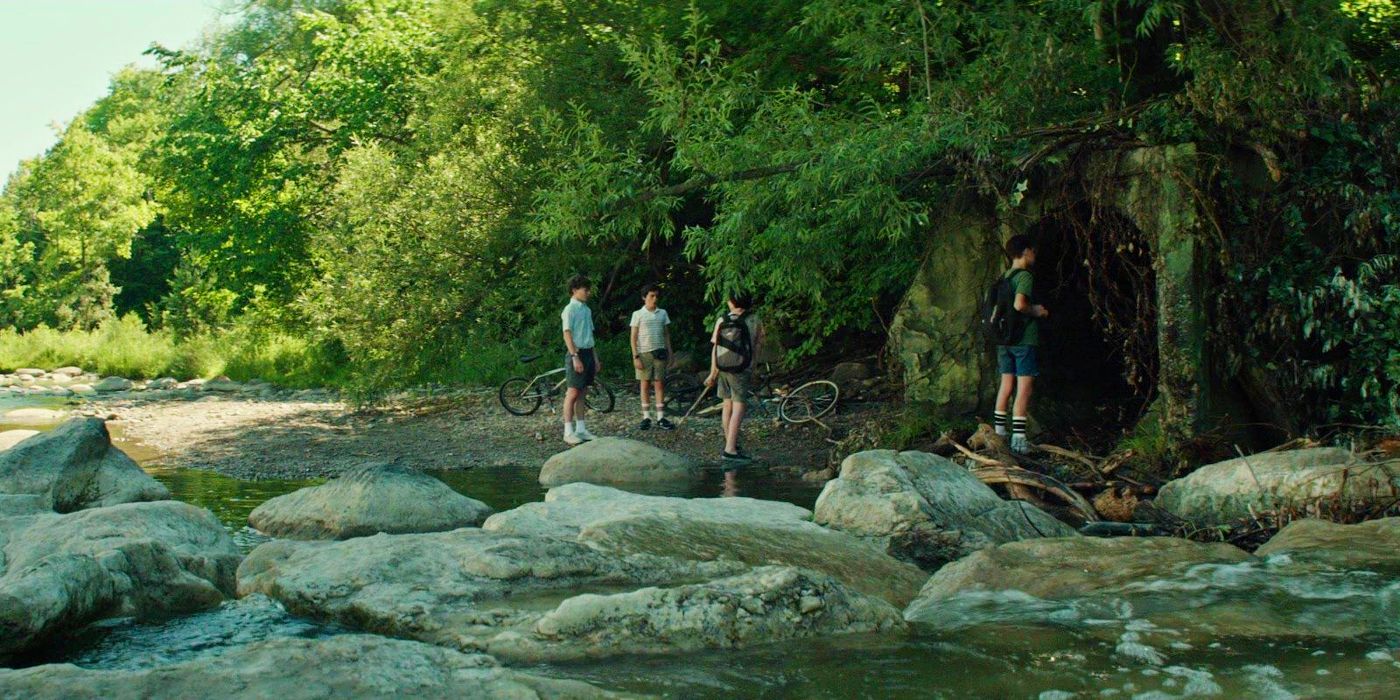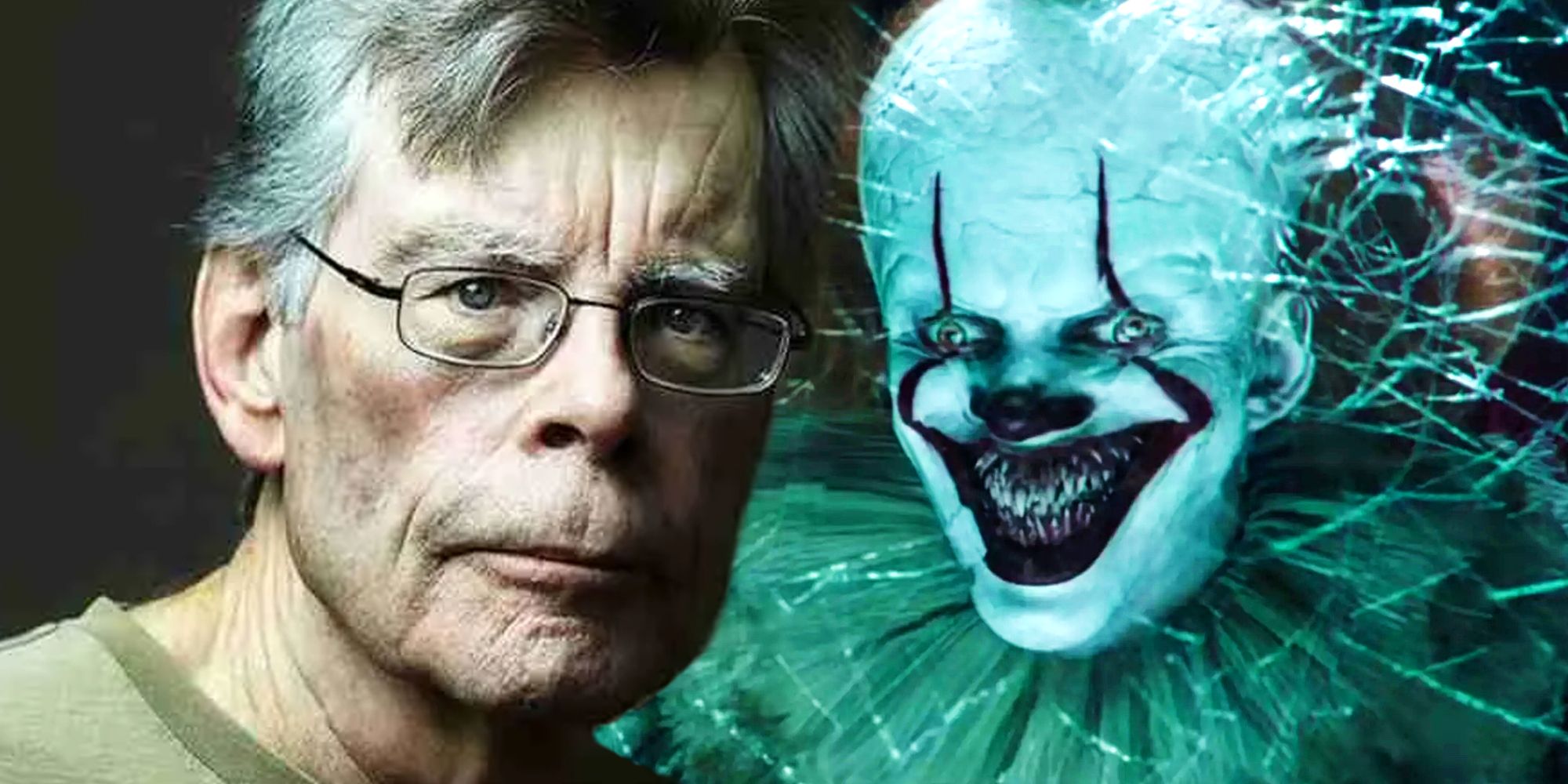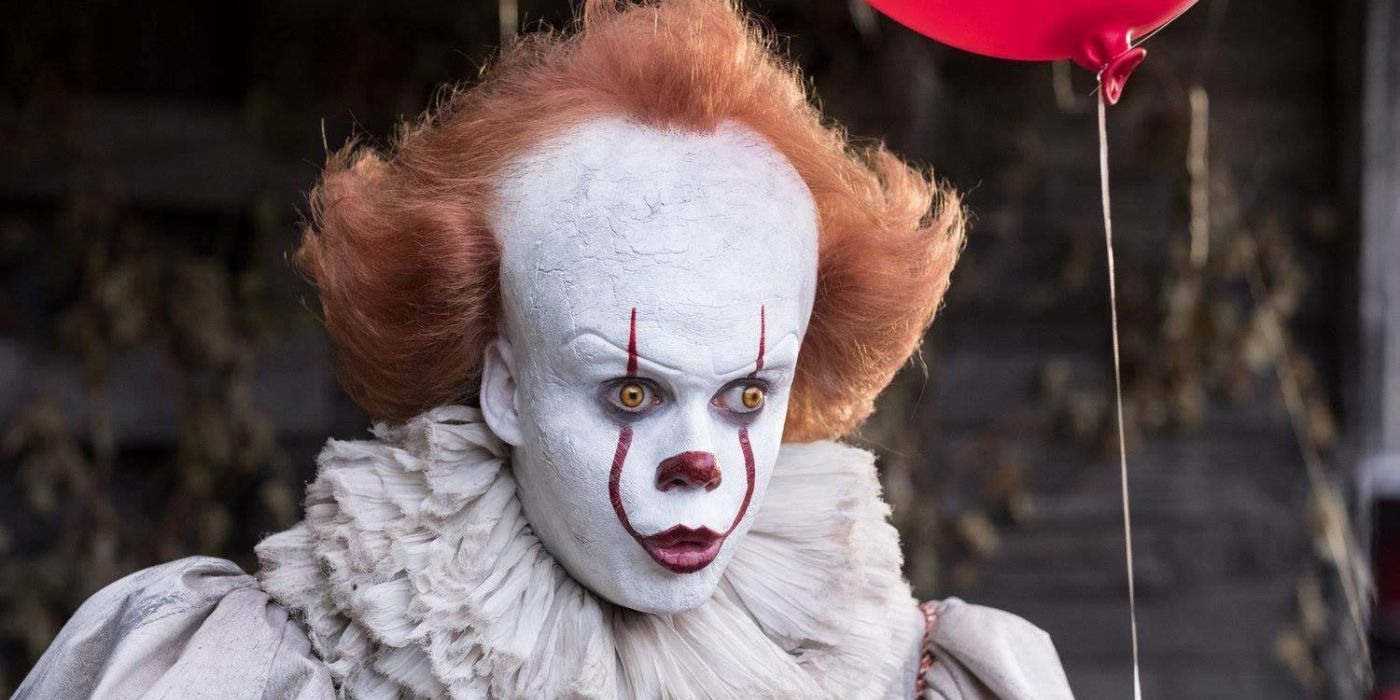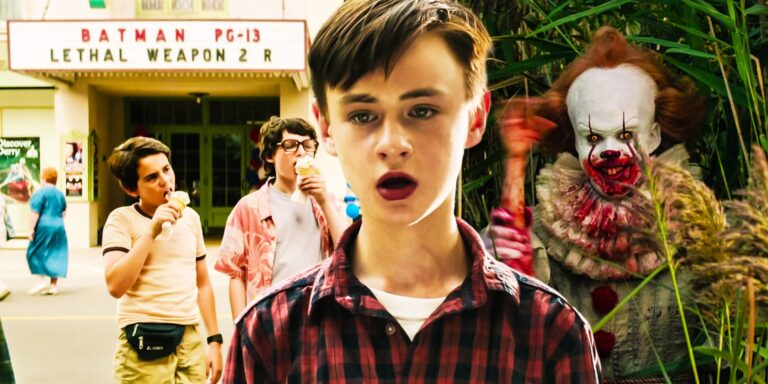
While the It prequel Welcome to Derry will be set in a different time period from its blockbuster predecessors, this might not be a good thing for the Stephen King series. The 2017 It movie was a huge hit upon its release. While the two-part Stephen King horror novel adaptation was always expected to do good business, few commentators could have predicted that It’s story of the Losers Club taking on Pennywise the Dancing Clown would become a billion-dollar success story.
It’s financial impact even led to a renaissance for the killer clowns of horror, as proven by the sleeper success of Terrifier, a grisly indie with an even more lethal funnyman as its antagonist. However, It’s success with both viewers and critics will not necessarily translate to an expansive franchise. Part of It’s enduring appeal was its deconstruction of 80s nostalgia, something that its upcoming prequel series Welcome to Derry will be missing.
Welcome to Derry is an It prequel series set in the 60s which will reportedly focus on the antics of Pennywise decades before the Losers Club faced off against the supernatural entity. However, a big part of what made It so successful was its clever deconstruction of 80s nostalgia, something Welcome To Derry can’t indulge in because of the franchise’s timeline. While Welcome to Derry can explain It’s setting (whose vaguely defined curse was never properly elaborated upon in the movie adaptations), the show’s 60s setting means that Welcome to Derry won’t share the sharp, incisive cultural insight of the It movies. Where 2017’s It and 1990’s It miniseries depicted the 80s and the 50s as hotbeds of unacknowledged bigotry, Welcome to Derry will need to convince viewers that the 60s were a secretly dark decade despite the era’s comparatively sunny reputation.
Why It’s 80s Nostalgia Succeeded
Much like the 1990 miniseries initially seemed to be nostalgic for the 50s, early scenes in It’s 2017 adaptation were nostalgic for the 80s. Like Stranger Things, It was filled with pop culture touchstones, needle drops, and gags about New Kids On The Block. Unlike Stranger Things (until later seasons, at least), It was also full of homophobia, racism, and everything else that lay beneath the cheery veneer of the era and. As It’s story continued, the movie used Pennywise to critique nostalgia for the flawed decade. The Derry depicted in 2017’s It, like the 50s version of the small town shown in the earlier miniseries, is externally cheerful and sweet suburban Americana but hides a dark, evil heart. The 50s, with its anti-Communism, rigid post-war gender norms, and racial segregation, was depicted as a similarly two-faced era in the original It miniseries, with a sweet exterior masking a rotten core. The problem with this approach is that Welcome to Derry is set in an era when social progress did take place, and the idealistic image of the decade isn’t entirely misplaced.
When Welcome To Derry Is Set
According to its synopsis, It’s Pennywise-centric prequel series is set in the 60s. This presents a unique challenge for the creators of Welcome to Derry since the 60s featured less prominent pressure for conformity as both the 50s and the 80s. While the issues that plagued the preceding decade were still rife throughout America (and many of them still, unfortunately, remain relevant to this day), the general cultural perception of the 60s is not an image of an era where progress was only skin-deep. Many of the cultural associations that viewers have with the 60s, from the hippy movement to civil rights victories to Beatlemania, are positive, upbeat images that form a distinct contrast with the empty consumerism of the 80s, the cynical nihilism of the 70s, and the Cold War paranoia of the 50s. Put simply, the 60s are seen as an era of hope (whether this perception is accurate or not), and hope isn’t scary.
Why 60s Horror Nostalgia Doesn’t Work
The reason that Pennywise’s It spinoff may have chosen the wrong decade for its spooky prequel is that 60s nostalgia is not associated with secret darkness and hidden history. There are two distinct reasons that 60s nostalgia doesn’t make sense in 2022, and they are both likely to limit the effectiveness of Welcome to Derry’s chilling tale. The first one is that nostalgia works (according to Patrick Metzger’s popular theory) in 30-year cycles, which is why the 90s was so nostalgic for the 60s (see: ‘Woodstock 99’) and why teens are wearing very 1998 bucket hats in the 2020s. The second reason is that the 60s (for better or worse) aren’t generally seen as a secretly sad decade. Where the 50s and 80s had apparent economic booms making hidden social ills, the 60s had the moon landing, the Golden Age of pop music, civil rights victories, and free love.
While not all horror is socially conscious enough for this cultural impression to matter, the It movies made a point of deconstructing the image of an idealized 80s and using it to underline how Pennywise got away with inhabiting the town of Derry. Derry’s wilful decision to ignore the town’s flaws mirrored pop culture’s tendency to ignore the darker side of the 80s with its rampant inequality, exploitation, and discrimination, and the It movies depicted this as a fatal error that allowed Pennywise to terrorize and kill with impunity. This might make it seem like depicting the seemingly idyllic 60s as a secretly dark decade would be entirely in line with the ethos of the It movies, but there is another problem underlying this idea.
Why Welcome To Derry Could Be Too Dark
If Derry was racist, homophobic, and misogynistic enough to let Al Marsh and Henry Bowers operate with impunity in the 80s, the place would have been a nightmare 20 years earlier. Stephen King’s horror stories have never shied away from depicting the atrocity of real-life evil but, for viewers who found It: Chapter 2’s disturbing depiction of a gay man’s murder too upsetting, Welcome to Derry’s depiction of the 60s could easily become way too bleak very fast. In fact, viewers already know that Derry was a terrible, hateful place in the 60s thanks to the mass lynching/ supposedly accidental fire that killed Mike Hanlon’s parents, meaning that even before Pennywise arrives on the scene, Welcome to Derry will likely be an uber-bleak endurance test. Thus, if the It prequel depicts the 60s as a swinging decade of groovy fun, the Stephen King prequel won’t be scary, whereas if Welcome To Derry depicts the brutal realities of the decade’s social environment, Pennywise could end up overshadowed by real-life horrors.
